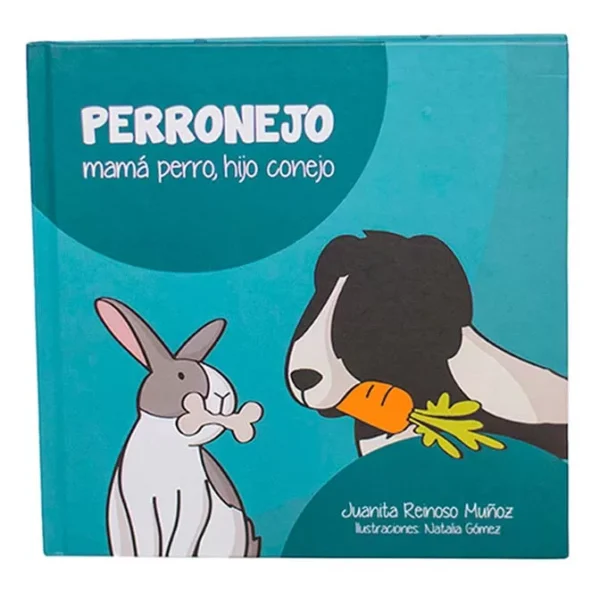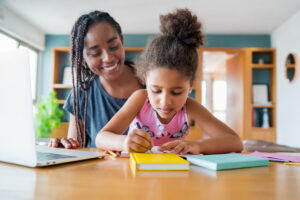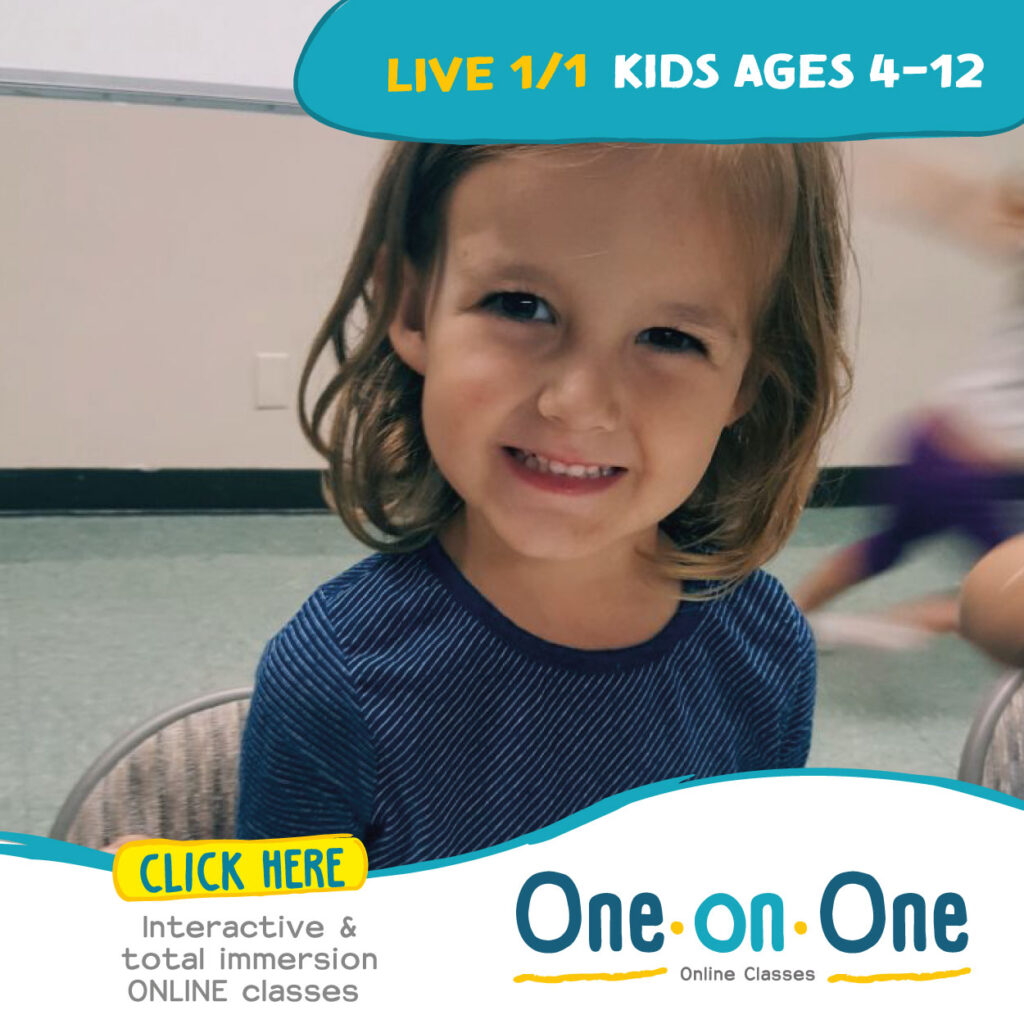
Myths of Bilingual Children
When I say the word, “myth,” what are the first names that come to your mind? Bigfoot, the Boogeyman, the Chupacabra, or the most terrifying of all, Bilingual Children?! Ok, ok, perhaps we’re being a bit dramatic with the last item on the list, but there are some real modern misconceptions and myths surrounding children who speak two languages that need to be discussed and uncovered. Join us as we debunk these myths and learn that bilingualism is nothing to be afraid of.
Myth #1: Trying to learn more than one language at the same time confuses children.
Some parents believe that if a child is hearing two languages at the same time, they will continually mix them up and not be able to distinguish between the two. However, one of the beautiful things about language is the distinction in the phonetics and inflection of words and tone particular to the language, and though languages may sound similar, no two are ever the same. Though it is only natural for a child (and an adult!) to mix up words and grammar of two languages while they are learning them, it has been proven that time, practice, and exposure to the languages will teach the child to separate them correctly.
Myth#2: Bilingual children will have academic problems once they start school.
Some people have claimed that learning a second language will slow a child down in academics. Contrary to this belief, research has shown many academic advantages of being bilingual, including superior problem solving and multitasking skills, as well as increased cognitive flexibility. Sarah Chabal, PhD candidate in communications sciences and disorders at Northwestern University, says, “We like to make a comparison to weightlifting in the gym,” — “A bilingual has to lift more weight than a monolingual when listening to speech. They’ve been working out like this for their entire lives, so they’ve built up strength for managing two languages— so this makes their brains more efficient.” (1)
Myth #3: It's too late to raise your child bilingual.
Never say never when it comes to language learning! The optimal time, according to experts, is from birth to 3 years old – exactly when a child is learning their first language, and their mind is still open and flexible. The next best time for learning a second language appears to be when kids are between 4 and 7 years old, because they can still process multiple languages on parallel paths. (2) If you have missed these two time frames, the next best time is now. If a 65 year old woman named Rita Wohlfarth decided to teach herself Spanish, then she proves it’s never too late to teach your child another language. (3)
I hope you have seen from shedding light on a few myths that being bilingual is not a curse, but rather a blessing to a child as they develop, both academically and in the home.
If you liked our article and want more information, contact us, click here









